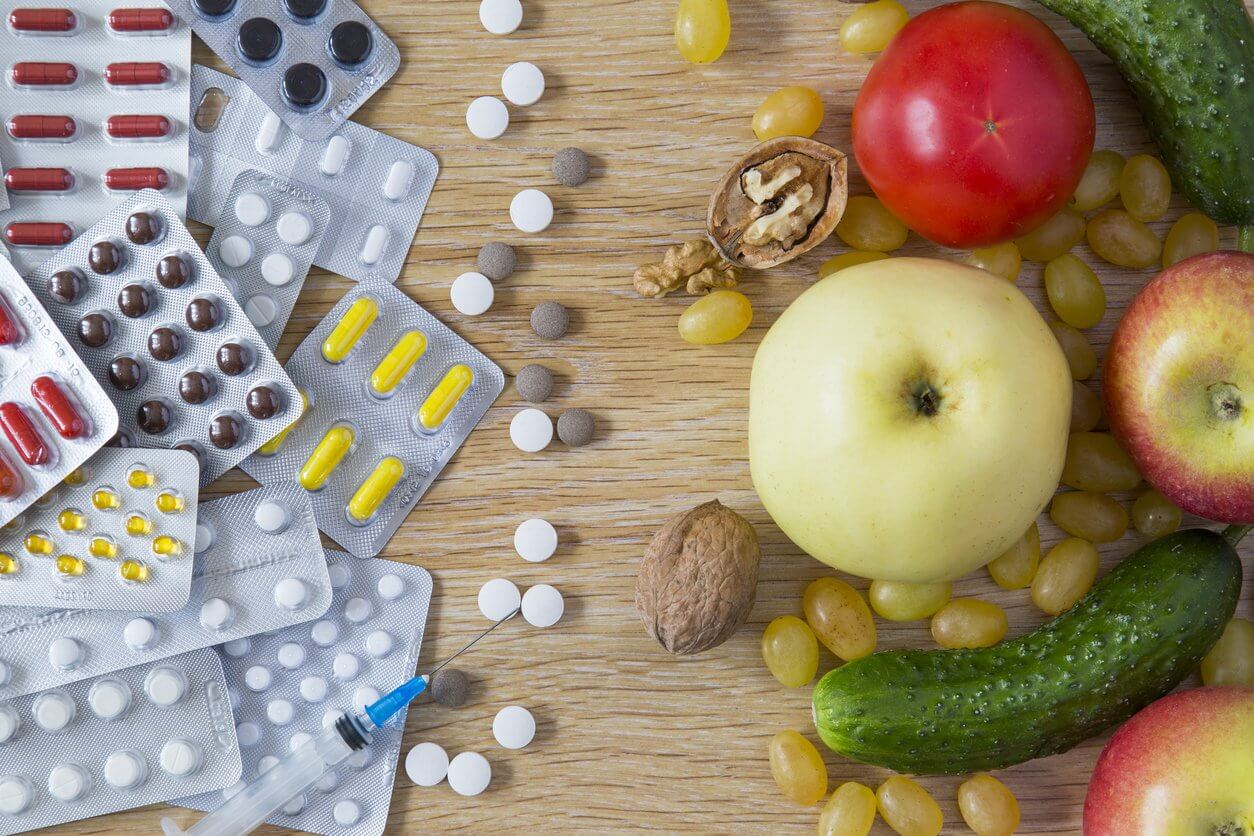The Pure Food and Drug Act of 1906 stands as a landmark piece of legislation that transformed the landscape of consumer protection and public health in the United States. In this comprehensive article, we delve into the origins and significance of the Pure Food and Drug Act, explore the influential groups behind its passage, examine its consequential effects, and discuss its modern-day application. Get ready to embark on a fascinating journey through history and witness the enduring impact of this pivotal act.
- Understanding the Pure Food and Drug Act:
The Pure Food and Drug Act, signed into law by President Theodore Roosevelt on June 30, 1906, aimed to address the widespread issues of adulteration, misbranding, and unsafe practices in the food and drug industries. The act sought to protect consumers by ensuring the purity, safety, and accurate labeling of food and drugs available in the market.
- Influential Groups in Passing the Pure Food and Drug Act:
Several influential groups played a pivotal role in advocating for the passage of the Pure Food and Drug Act:
-
Consumer Advocacy Organizations: Organizations such as the Pure Food Movement and the Women's Christian Temperance Union (WCTU) played a significant role in raising public awareness about the dangers of adulterated and misbranded products. Their efforts helped galvanize support for regulatory reforms.
-
Progressive Politicians: Progressive politicians, including Senator Albert J. Beveridge and Representative James W. Wadsworth Jr., championed the cause of food and drug safety and fought for the enactment of meaningful legislation.
-
Muckraking Journalists: Journalists like Upton Sinclair, whose novel "The Jungle" exposed unsanitary practices in the meatpacking industry, shed light on the dire need for regulations to protect public health.
- Effects of the Pure Food and Drug Act:
The passage of the Pure Food and Drug Act had profound effects on various aspects of society:
-
Enhanced Consumer Protection: The act mandated accurate labeling and curbed deceptive marketing practices, empowering consumers with vital information about the products they purchased. It aimed to eliminate misrepresentation and provide transparency in the marketplace.
-
Public Health Improvements: By prohibiting the sale of adulterated and misbranded food and drugs, the act aimed to safeguard public health and reduce the risk of foodborne illnesses. It addressed unscrupulous practices and promoted safer manufacturing processes.
-
Establishment of Regulatory Agencies: The Pure Food and Drug Act laid the foundation for the creation of the Food and Drug Administration (FDA) in 1930. The FDA became the primary regulatory agency responsible for ensuring the safety and efficacy of food, drugs, and other consumer products.
- Modern Application:
The principles and objectives of the Pure Food and Drug Act continue to shape modern regulations and practices. The FDA, empowered by subsequent legislation, plays a crucial role in enforcing regulations, conducting inspections, and safeguarding the nation's food and drug supply. Ongoing efforts to strengthen food safety standards, combat counterfeit drugs, and regulate emerging technologies reflect the enduring relevance and evolution of the act's mission.
Conclusion:
The Pure Food and Drug Act marked a significant breakthrough in ensuring food safety. However, even with this pivotal legislation, manufacturers of that era encountered regulatory challenges that sometimes resulted in substandard products reaching consumers. It's disheartening to think that back then, they lacked access to game-changing tools like SGS Digicomply.
Today, we have the opportunity to learn from the past and leverage advanced technologies to overcome these hurdles. Discover how SGS Digicomply empowers manufacturers to proactively address regulatory issues, enhance product quality, and prioritize consumer safety. Together, let's bridge the gap between historical shortcomings and modern solutions.





.webp?width=1644&height=1254&name=Food%20Safety%20Dashboard%201%20(1).webp)
